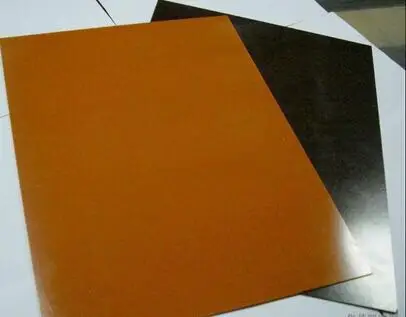I am replacing the main and rectifier/bias supply board in a restore Fender that I know has been wet, probably for a while. I have just enough leftover grey non-conductive fiber material to do those two boards, but then there is the filter caps board. The caps are clipped out, but it still has resistors and jumpers. If I clip 375v on one of the 220K 1W resistors that is connected to a few other spots via jumpers, I get anyway from 0.6 v to 1.2 v depending on where I probe. So I ask, should I not worry and just use the original board since it's just a power supply board with no signals to interfere, pots to make scratchy or other mischief? I know that no conductance is ideal, but is 1 volt or so even a significant factor when working with HV? It's been under A/C for a week so it's nice and dry, and I realize it may act differently once it gets in a humid environment such as an outdoor summer gig here in SW FL.
Should I do the easy thing and just use this board, or do I need to find an alternative? I don't trust new black board (I had a real bad experience with it on a new build).
Should I do the easy thing and just use this board, or do I need to find an alternative? I don't trust new black board (I had a real bad experience with it on a new build).




Comment